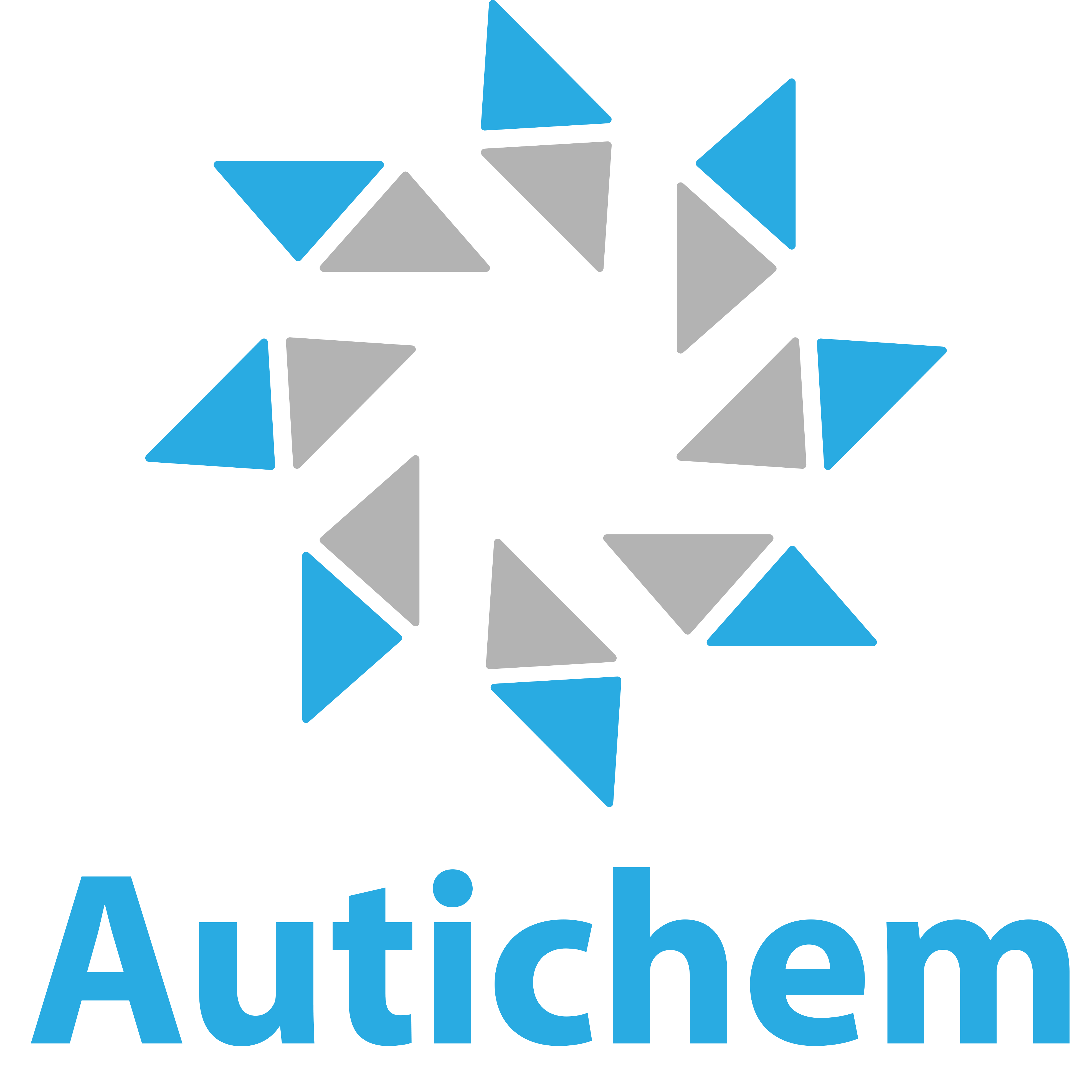Just a few of the events you will find Autichem at this year. If you are attending, please come and say "Hello" to the team.
CHEMUK 2024 EXPO on the 15th & 16th May 2024. The UK's largest Laboratory & Process Industry Supply Chain Expo & Speaker Programme
Free to Attend - Register for your free two-day visitor pass
at www.chemicalukexpo.com
You will find Autichem on Stand L74, HALL 1 – NEC, Birmingham, B40 1NT
IUPAC 50th World Polymer Congress 1st - 4th July 2024 at Warwick University. Sorry registration is now closed for this event due to the event reaching over 1,200 participants with a further 250 being on the waiting list.
Go With The Flow Conference 2024 10th - 11th June 2024 at Cardiff University.
A few of the projects/new developments we have been working on:
Photochemistry- One of the most venerable stories of discovery in syntheticchemistry is that of lumisantonin. The reaction, starting from the natural product santonin, was initiated by exposure to sunlight and is a stunning example of the dualistic simplicity and complexity often associated with photochemical reactions. This discovery inspired early organic photochemistry in the late19th century and subsequently a truly remarkable structure elucidation. But perhaps the true impact was the inspiration ofchemists in the mid-20th century to pioneer modern organic photochemistry through a multidisciplinary approach. In the decades following, there was a so-called“golden age” of photochemistry, where chemists learned to leverage photo-chemical reactivity in a breathtaking variety of reactions, applying those reactions to enable groundbreaking syntheses. Through the turn of the century, it could be said that there was less excitement and fewer new reactions developed, somewhat dampening the advancement of photochemistry. However, due in part to many authors contributing to chemical reviews, the past decade has seen a true renaissance for photochemistry. Although photochemistry could be considered one of the simplest manifolds of chemical reactivity, it has been utilized to enable transformations that are, at times, inconceivable (oreven impossible) by alternative means. Thus, few types of reactions can invoke the imagination of chemists as does photochemistry. This is exemplified by the many examples of chemists generating astonishing structural complexity, often rapidly through a single photochemical step.Scale up
Immobilized and suspended solids-
The benefits of using immobilized catalysts in industrial processes include potential for decreased metal contamination in products and waste streams and the ability to easily recover and reuse the catalysts, both of which can decrease the cost of a synthesis. Although immobilized catalysts can be more expensive than their homogeneous counterparts the cost savings is realized through their recycling and reuse. Although immobilized systems have not achieved widespread implementation on scale, industry is interested in realizing the economic and environmental benefits of the technology. Two of the main factors driving its use will be the development of new, improved immobilized catalysts and industry's increasing focus of green chemistry and sustainability. First, development of new catalysts is ongoing, in academia, by commercial suppliers, and through collaborations, with the work being carried out with an eye toward implementation once the technology is mature enough for use in future or existing industrial processes.
Secondly, as the industry moves toward more green chemistry and sustainability analyses and practices, it is possible that metrics such as mass efficiency may play a larger role in evaluating the economic viability of processes, and as a result, the recycling, reuse, and benefits in terms of waste disposal could play a larger role earlier in the development process, which could result in heterogeneous catalysts becoming cost competitive with their homogeneous counterparts.
Developing reactor systems that are able to work AT SCALE with both types of catalysts will enable wider implentaion . Our unique DART-DM designs are scalable and capable of working with suspended slurries and immobilized catalysts.Bioprocessing
Crystallization
Hydrogenation
DART-DM | Dynamically Mixed Flow Reactors
Lorem ipsum dolor sit amet, consectetur adipiscing elit. Nullam porttitor augue a turpis porttitor maximus. Nulla luctus elementum felis, sit amet condimentum lectus rutrum eget.
